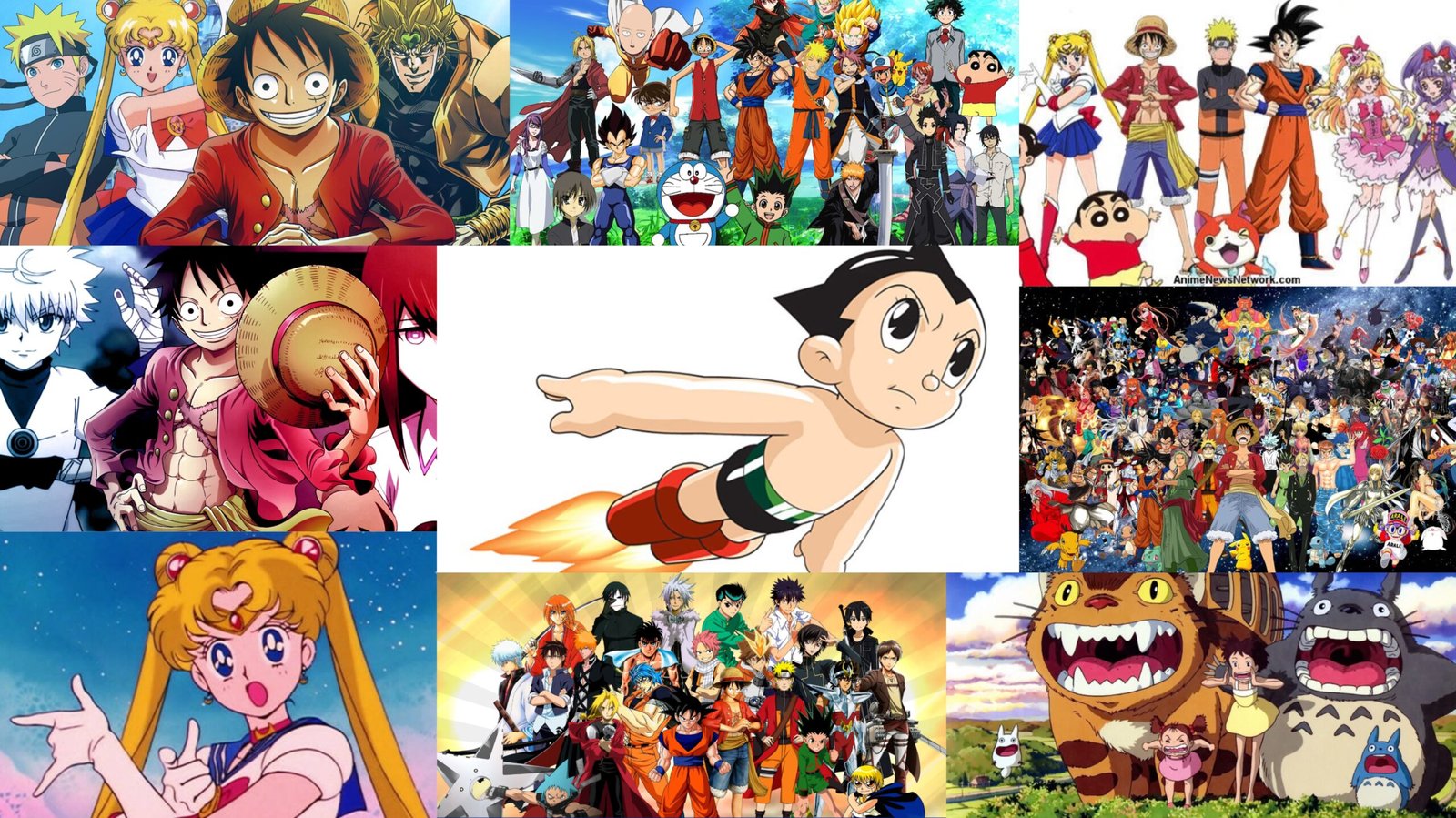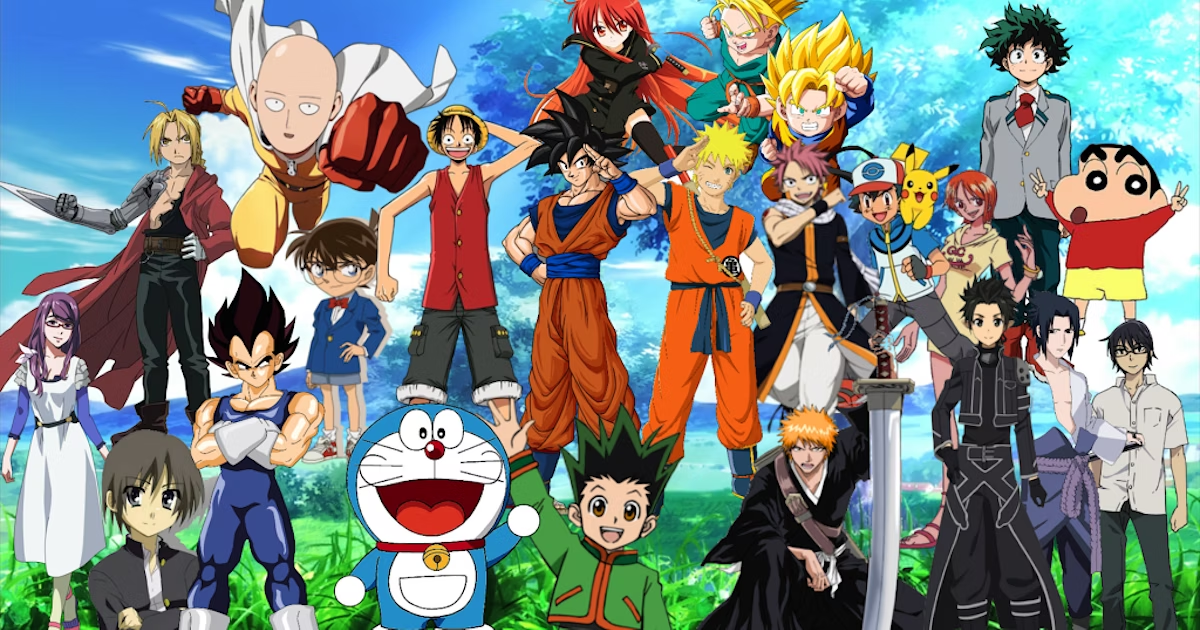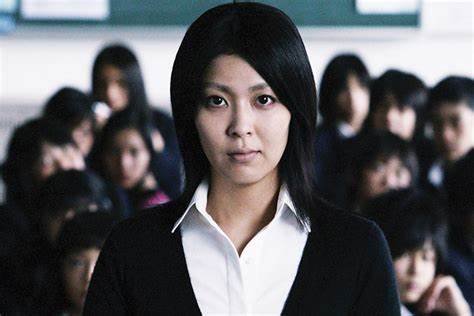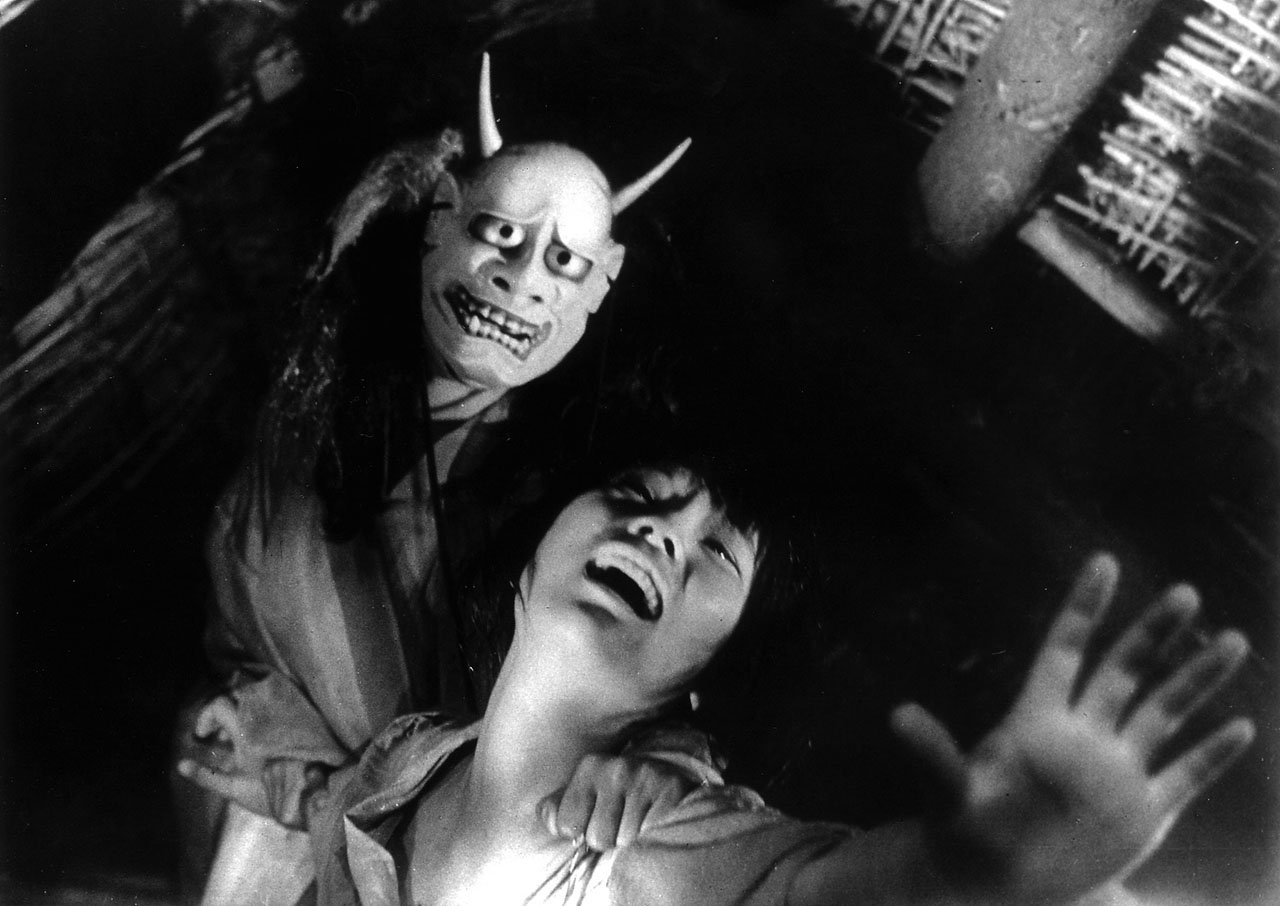Japanese anime films have made a significant impact on global pop culture, shaping trends and inspiring creativity across various media. From influencing fashion and music to altering perceptions of animation, anime’s reach extends far beyond its Japanese origins. This article explores how Japanese anime films have influenced global pop culture, highlighting key areas of impact.
Fashion and Design
Japanese anime films have left an indelible mark on global fashion and design. Iconic anime characters and their distinctive styles often become fashion statements, inspiring clothing lines, accessories, and even haute couture. For instance, the futuristic designs in Akira (1988) have influenced streetwear trends and urban fashion, with its cyberpunk aesthetic resonating in contemporary fashion collections.
Additionally, Studio Ghibli’s films, such as My Neighbor Totoro (1988) and Spirited Away (2001), have inspired merchandise and apparel that reflect the enchanting and whimsical elements of their worlds. Totoro-themed clothing, plush toys, and home décor items are popular among fans, showcasing how anime aesthetics permeate everyday fashion.
Music and Entertainment
Anime films have also made their mark on global music and entertainment. Soundtracks from anime movies often gain popularity, contributing to the rise of J-pop and anime music outside Japan. For example, the music from Your Name (2016) by Makoto Shinkai, particularly the songs by the band RADWIMPS, became international hits, further connecting anime to global music trends.
The influence of anime on music extends to artists who draw inspiration from anime aesthetics and themes. Musicians and bands incorporate anime-inspired visuals and concepts into their work, blending Japanese pop culture with global music scenes. This fusion of influences helps bridge cultural gaps and brings anime into mainstream entertainment.
Film and Animation
Japanese anime films have significantly influenced global film and animation industries. The innovative storytelling techniques and animation styles of films like Spirited Away (2001) and Akira (1988) have inspired filmmakers worldwide. The seamless integration of traditional animation with modern techniques has set new standards for visual storytelling, encouraging international filmmakers to explore similar approaches.
Additionally, anime’s impact is evident in the rise of Western animated series that incorporate anime-inspired aesthetics and storytelling. Shows like Avatar: The Last Airbender and The Legend of Korra blend Western animation with anime influences, showcasing the genre’s effect on global animation trends.
Fan Culture and Conventions
The global fan culture surrounding Japanese anime films has grown exponentially, with conventions and fan events celebrating anime’s influence. Events like Anime Expo in the United States and Comic-Con International attract thousands of fans who engage in cosplay, screenings, and discussions centered around their favorite anime films.
Fan culture also manifests through online communities and social media platforms where enthusiasts share fan art, reviews, and discussions about anime. This global network of fans contributes to the widespread appreciation and dissemination of anime, further embedding it into global pop culture.
Video Games and Interactive Media
Japanese anime films have had a notable impact on video games and interactive media. Many anime series are adapted into video games, allowing fans to immerse themselves in their favorite stories and worlds. Games based on popular anime films, such as Dragon Ball Z and Naruto, have achieved significant success and contribute to the franchise’s global reach.
Furthermore, anime’s influence on game design is evident in the incorporation of anime-inspired art styles and storytelling techniques in various video games. This cross-pollination between anime and gaming enhances the interactive experience and attracts a diverse audience of gamers.

Perception of Animation
The success of Japanese anime films has altered global perceptions of animation as a medium for serious and sophisticated storytelling. Anime’s ability to tackle complex themes, such as identity, social issues, and personal growth, challenges the traditional view of animation as solely a children’s medium. This shift has opened doors for more diverse and mature animated content in global media.
Conclusion
Japanese anime films have profoundly influenced global pop culture, shaping fashion, music, film, and entertainment. Their impact extends to fan culture, video games, and the evolving perception of animation as a serious storytelling medium. As anime continues to captivate audiences worldwide, its influence on global pop culture will undoubtedly grow, fostering greater cross-cultural exchange and creative innovation.











